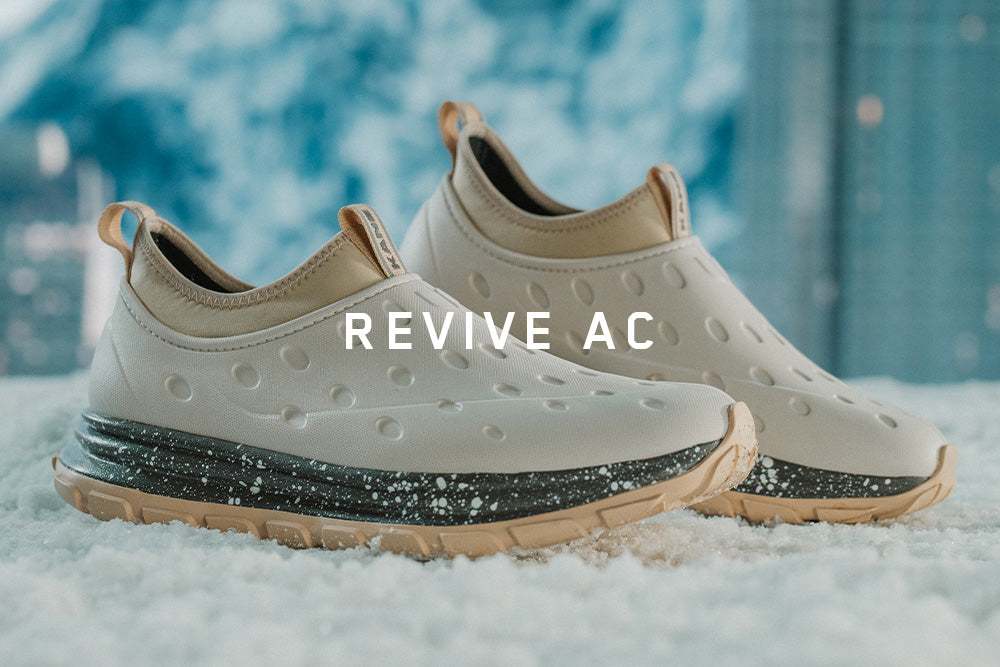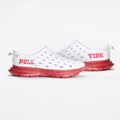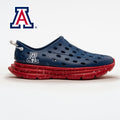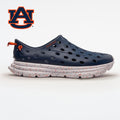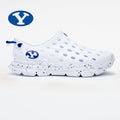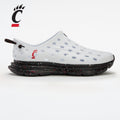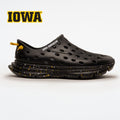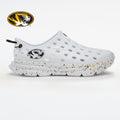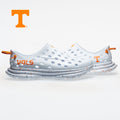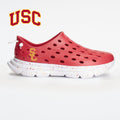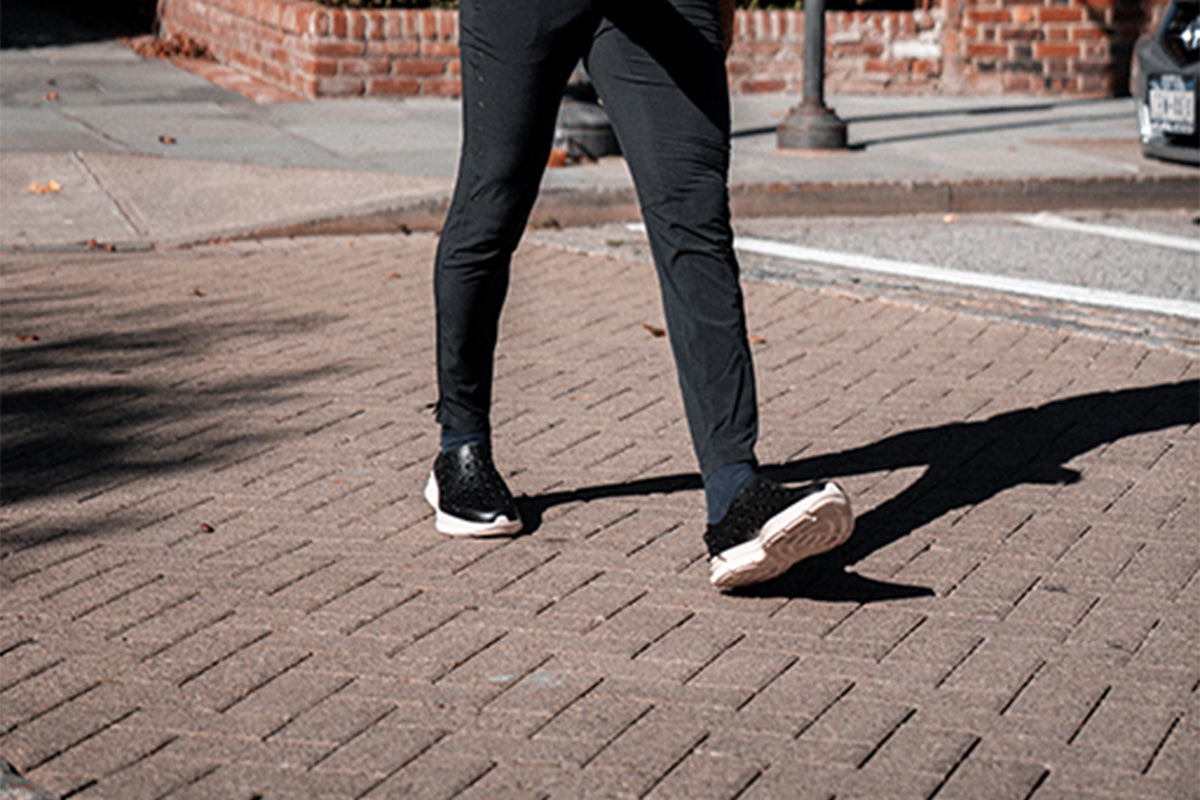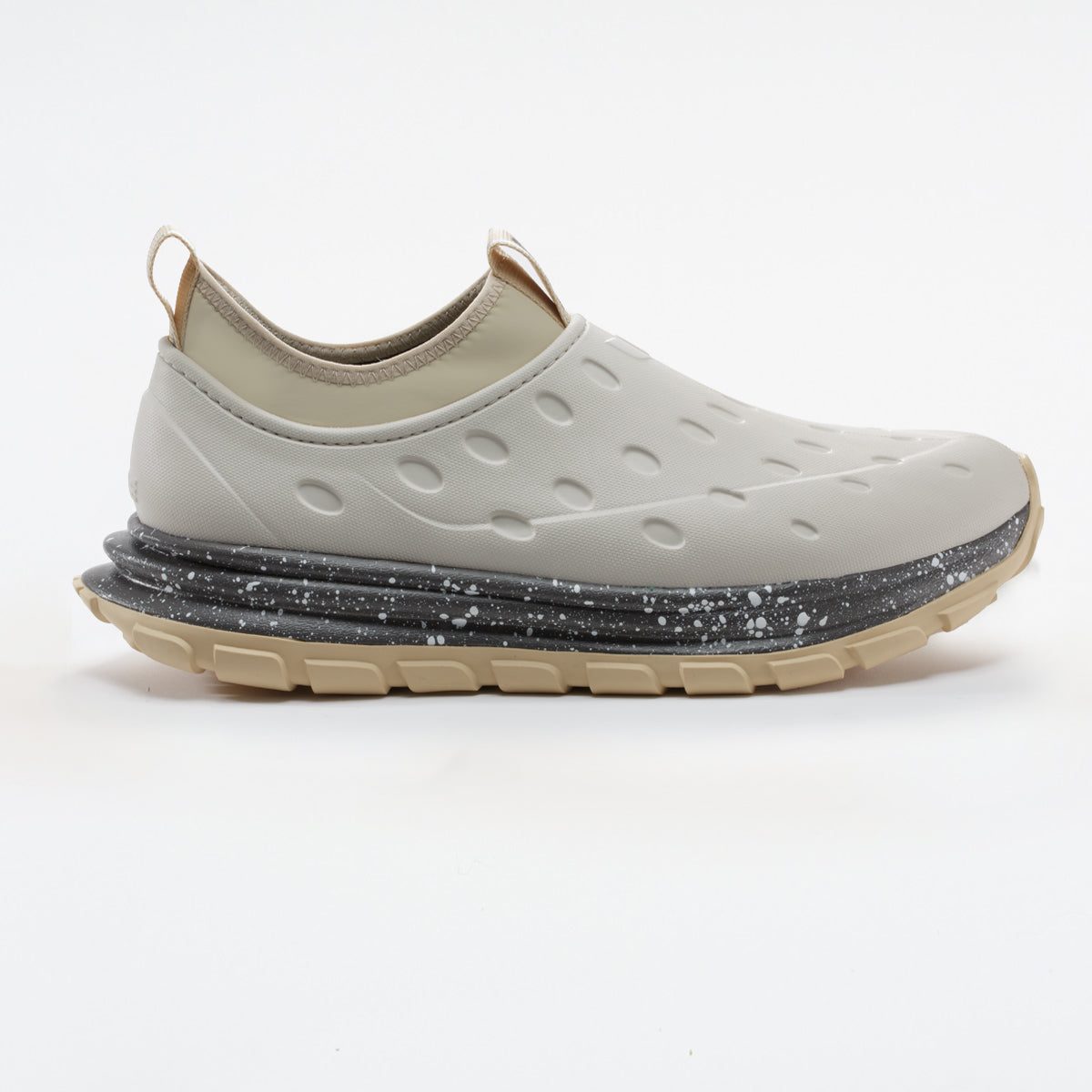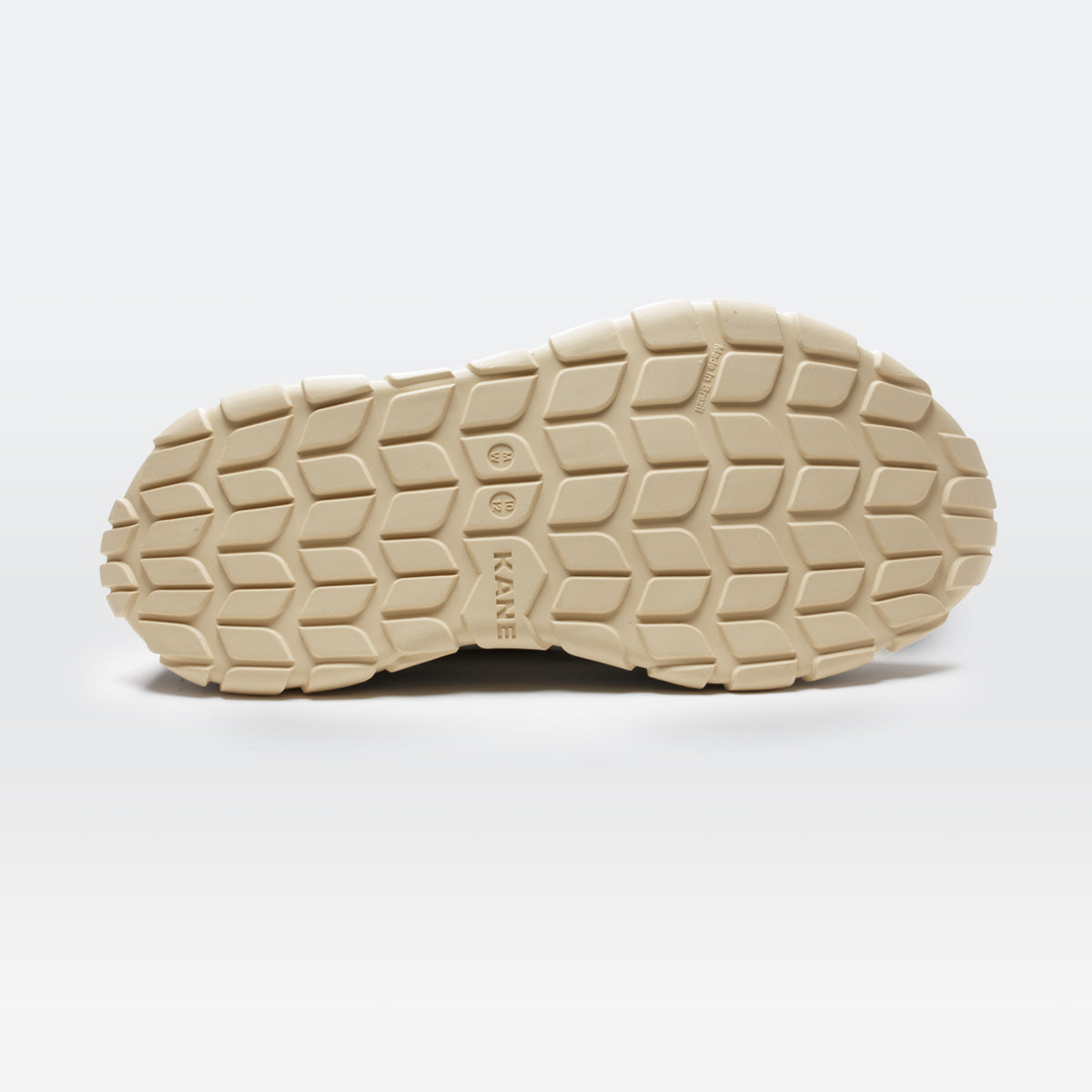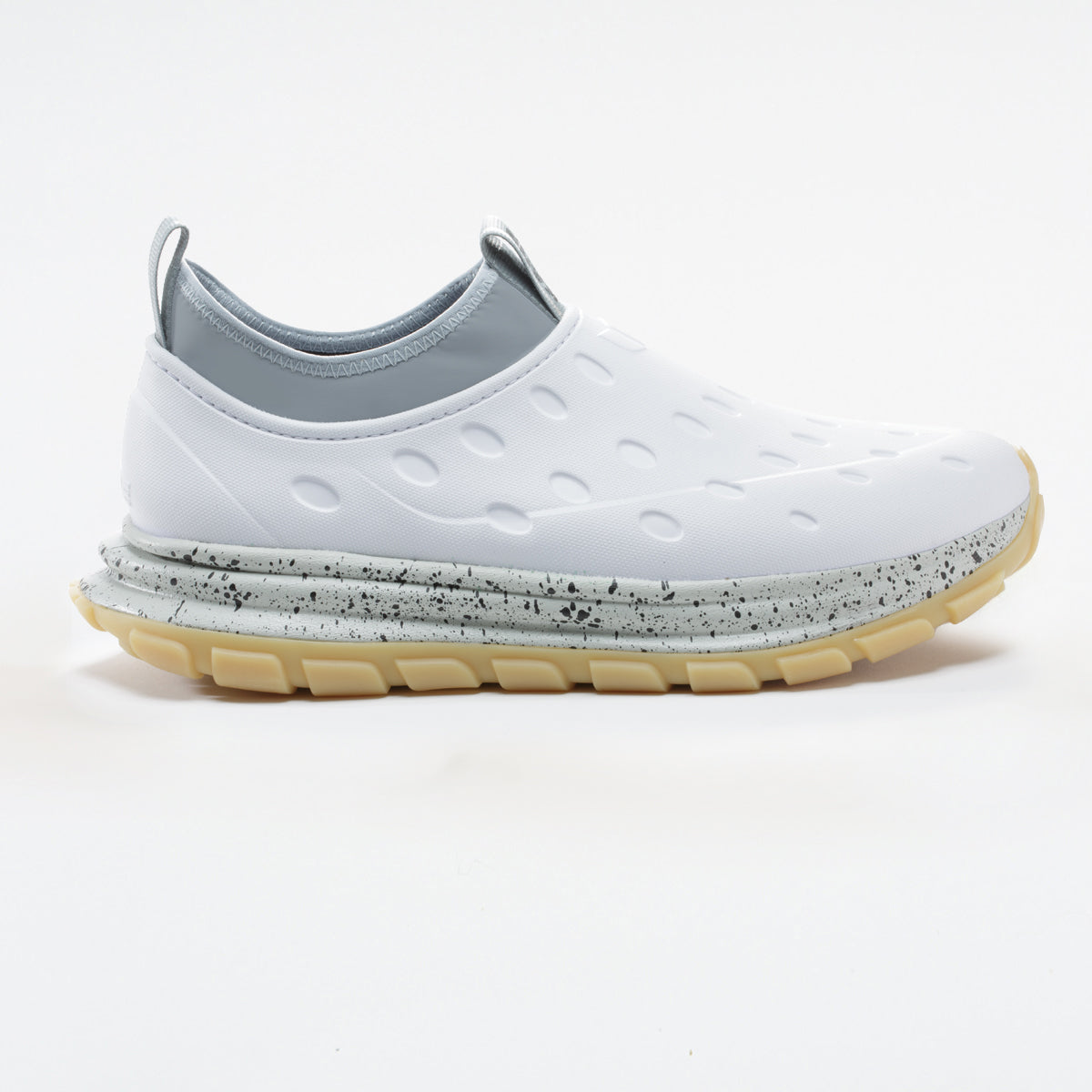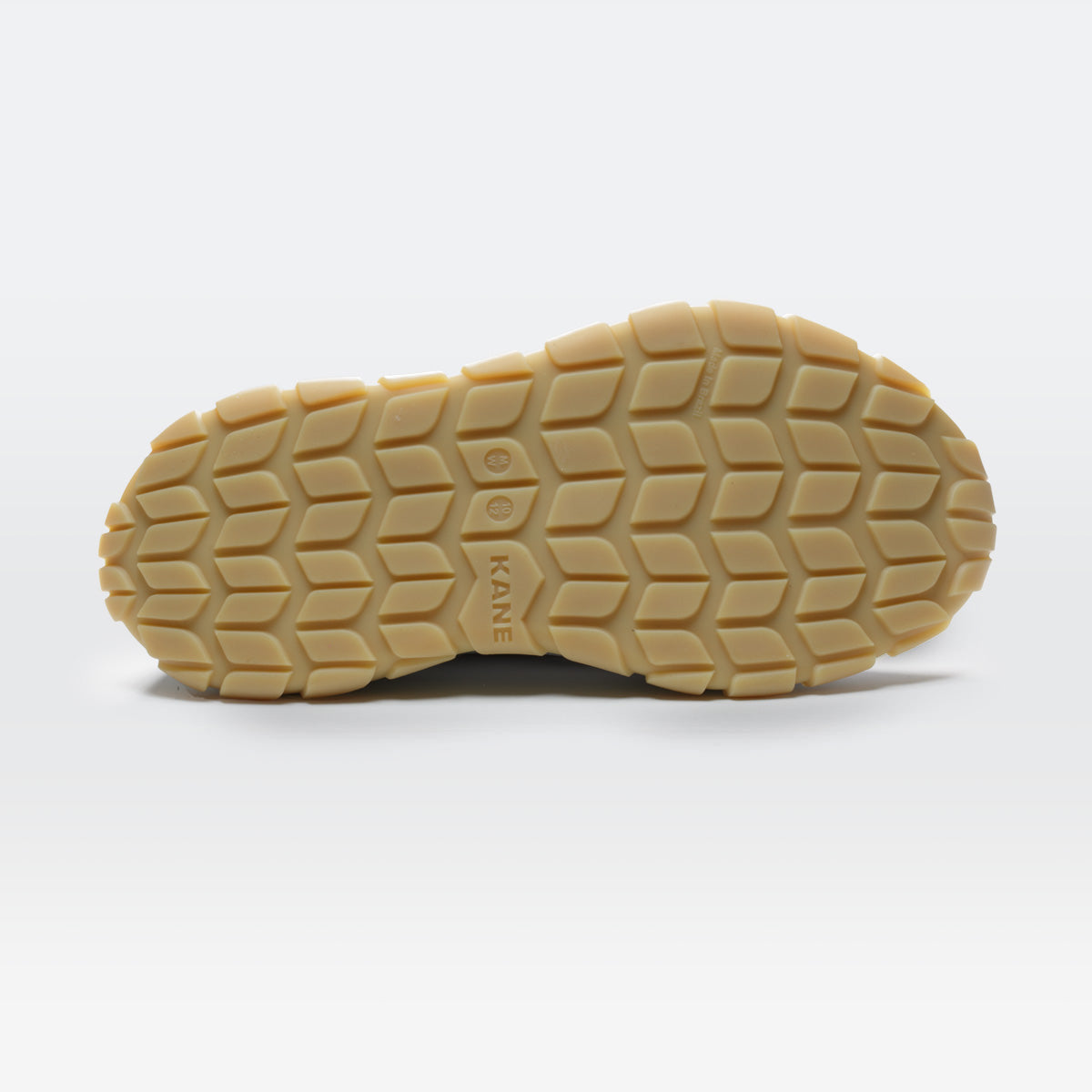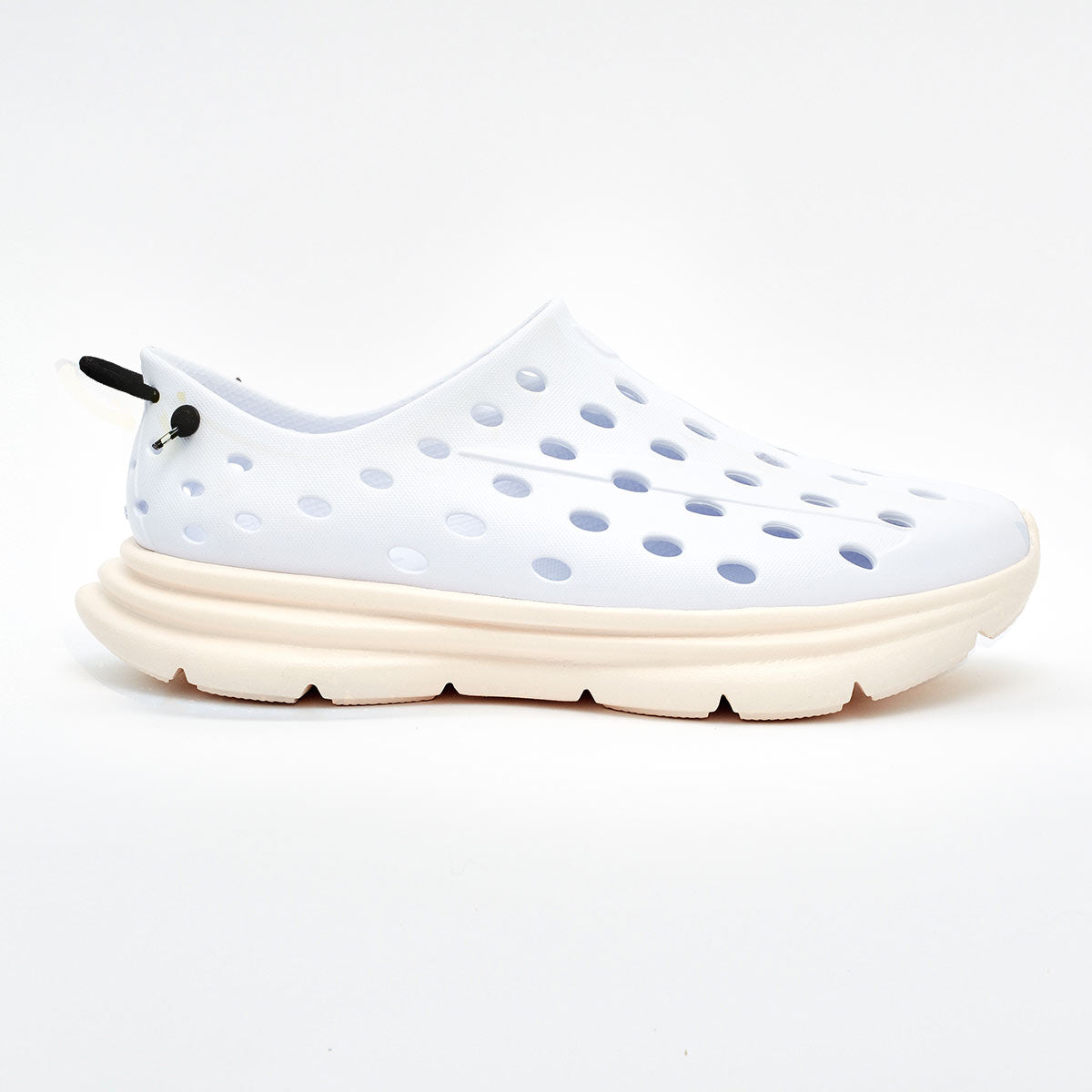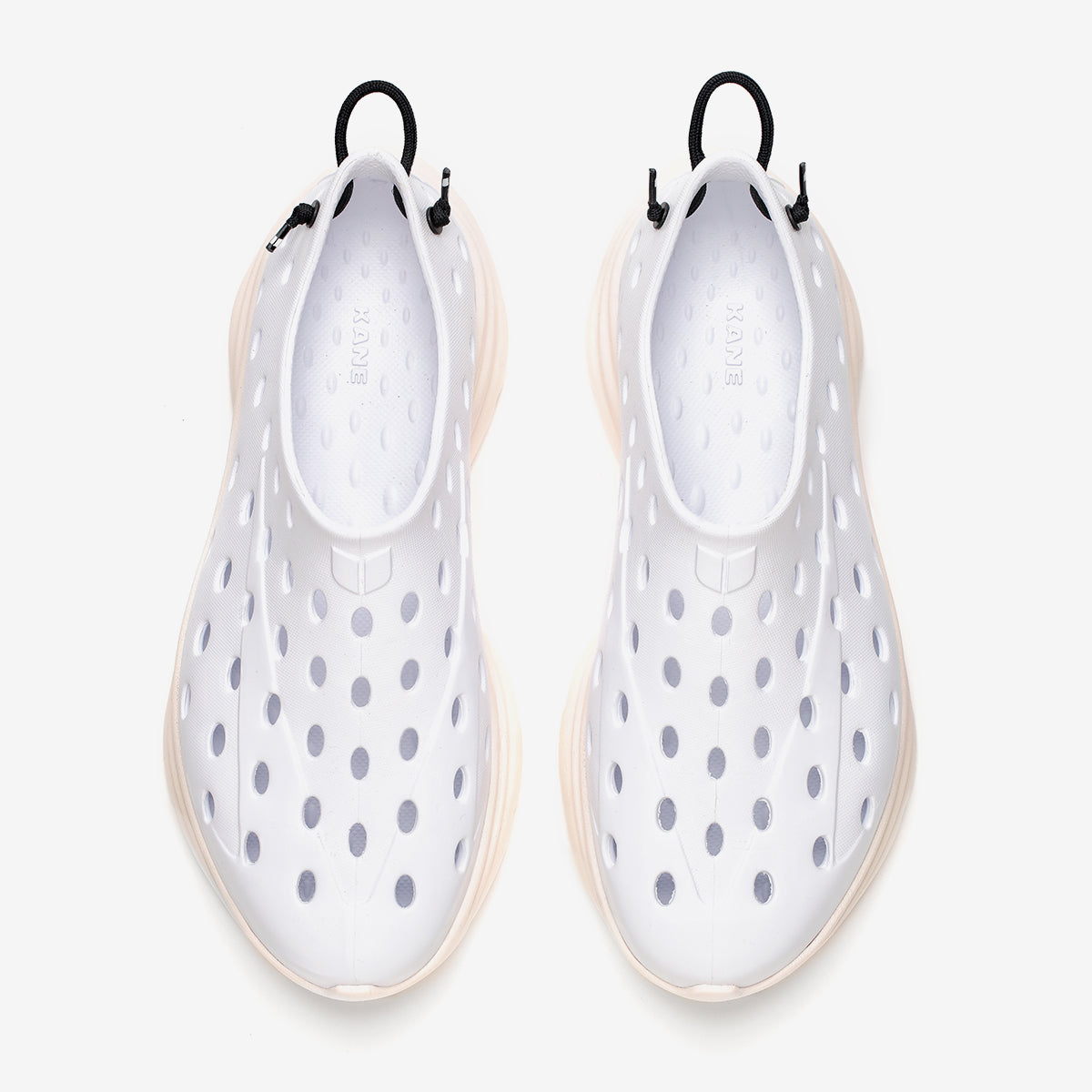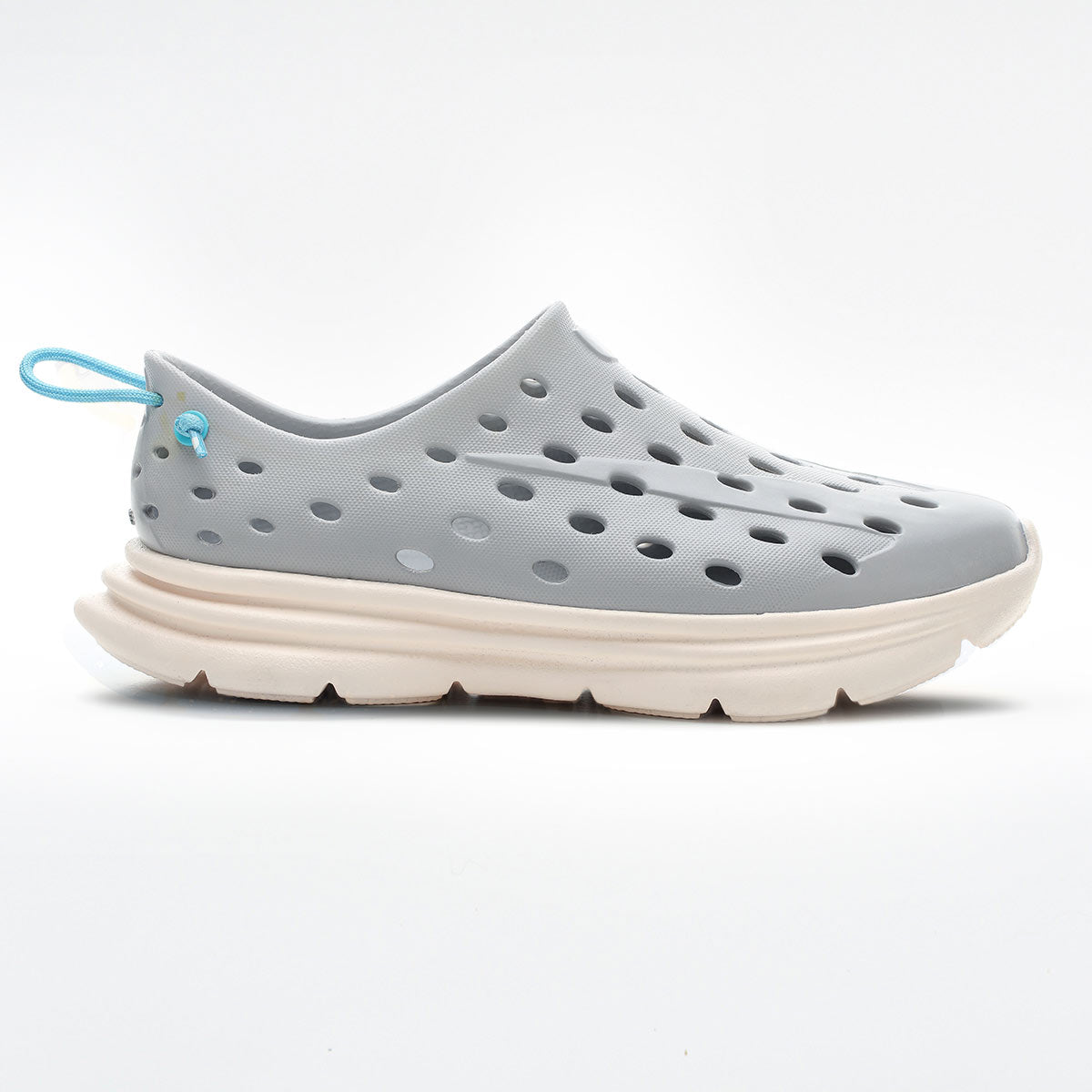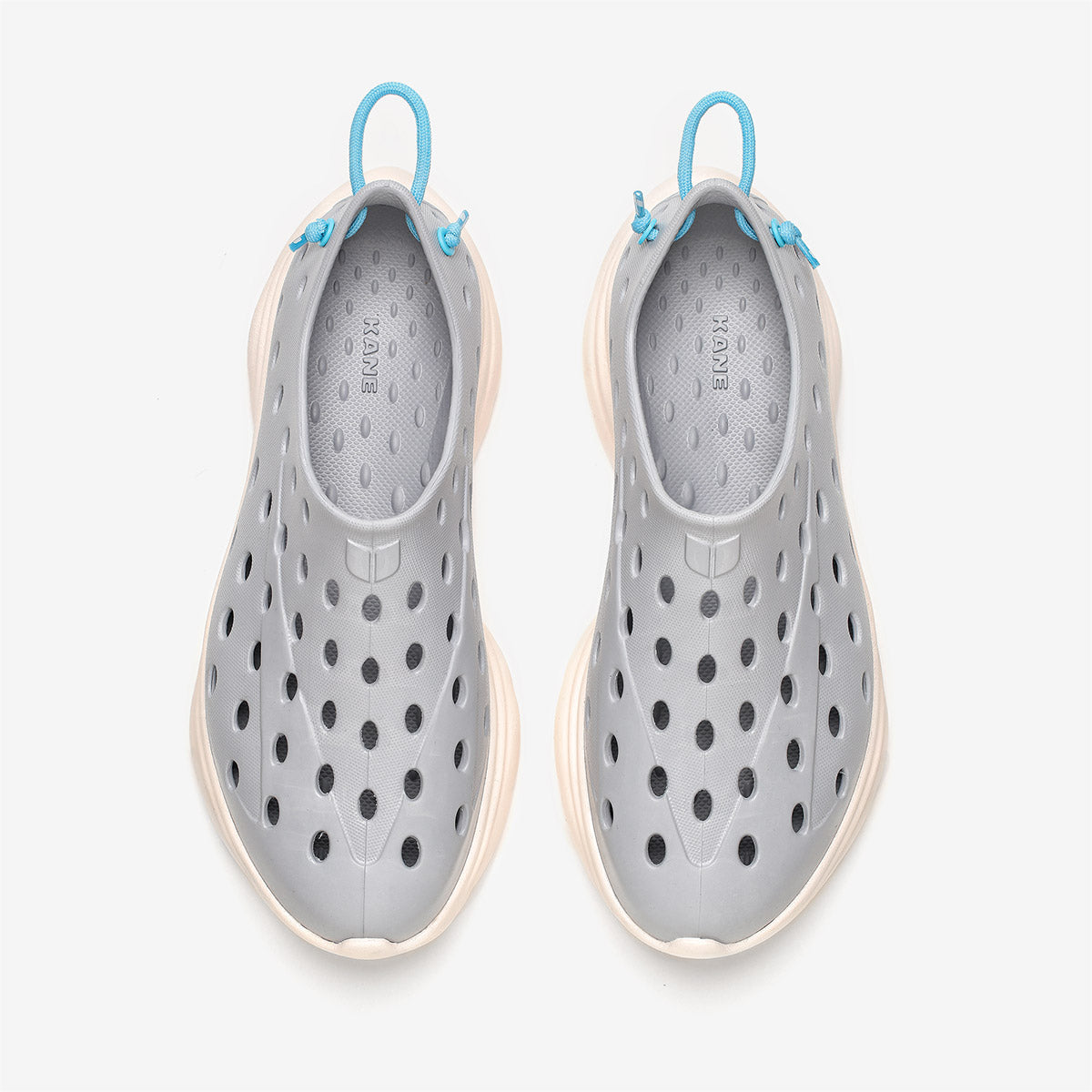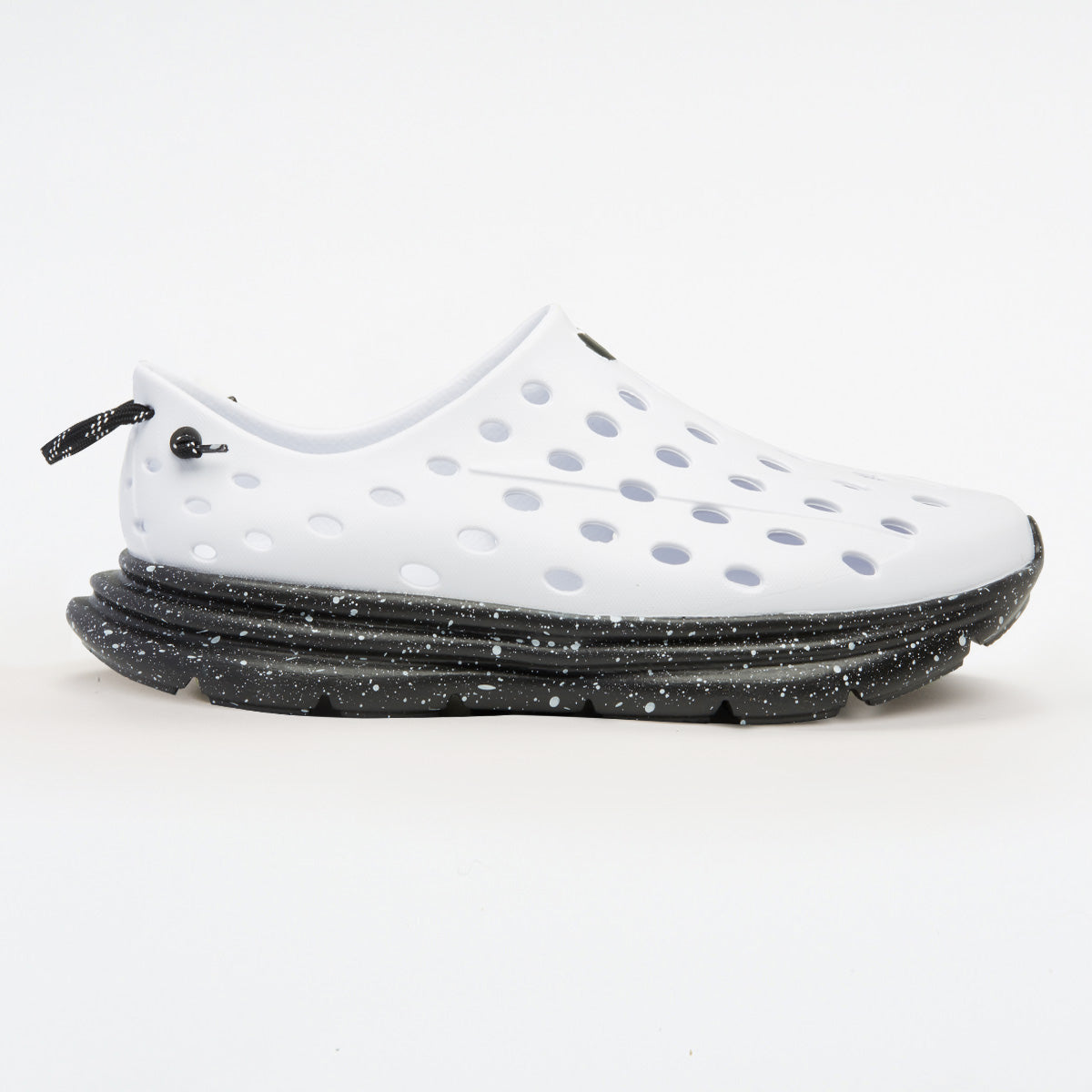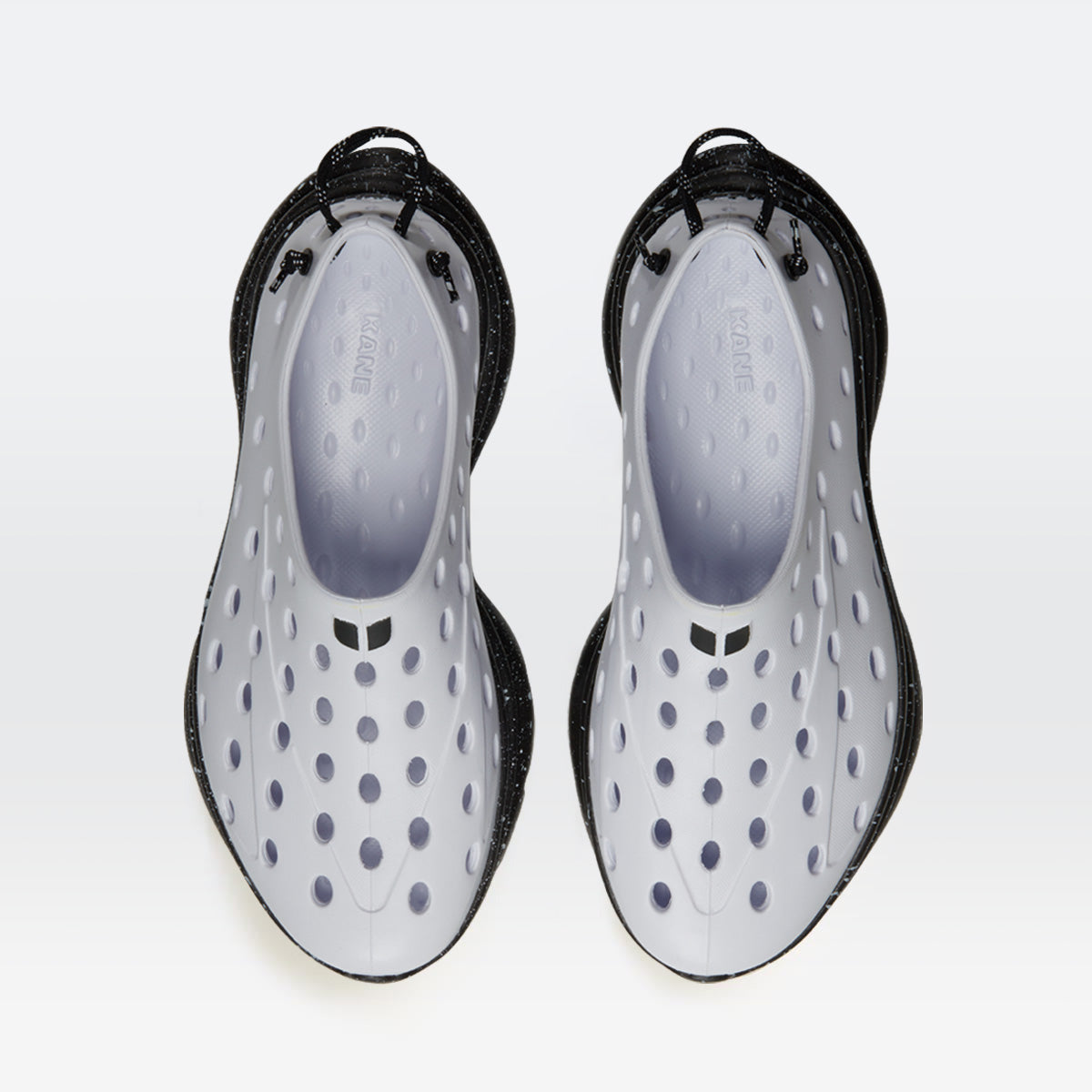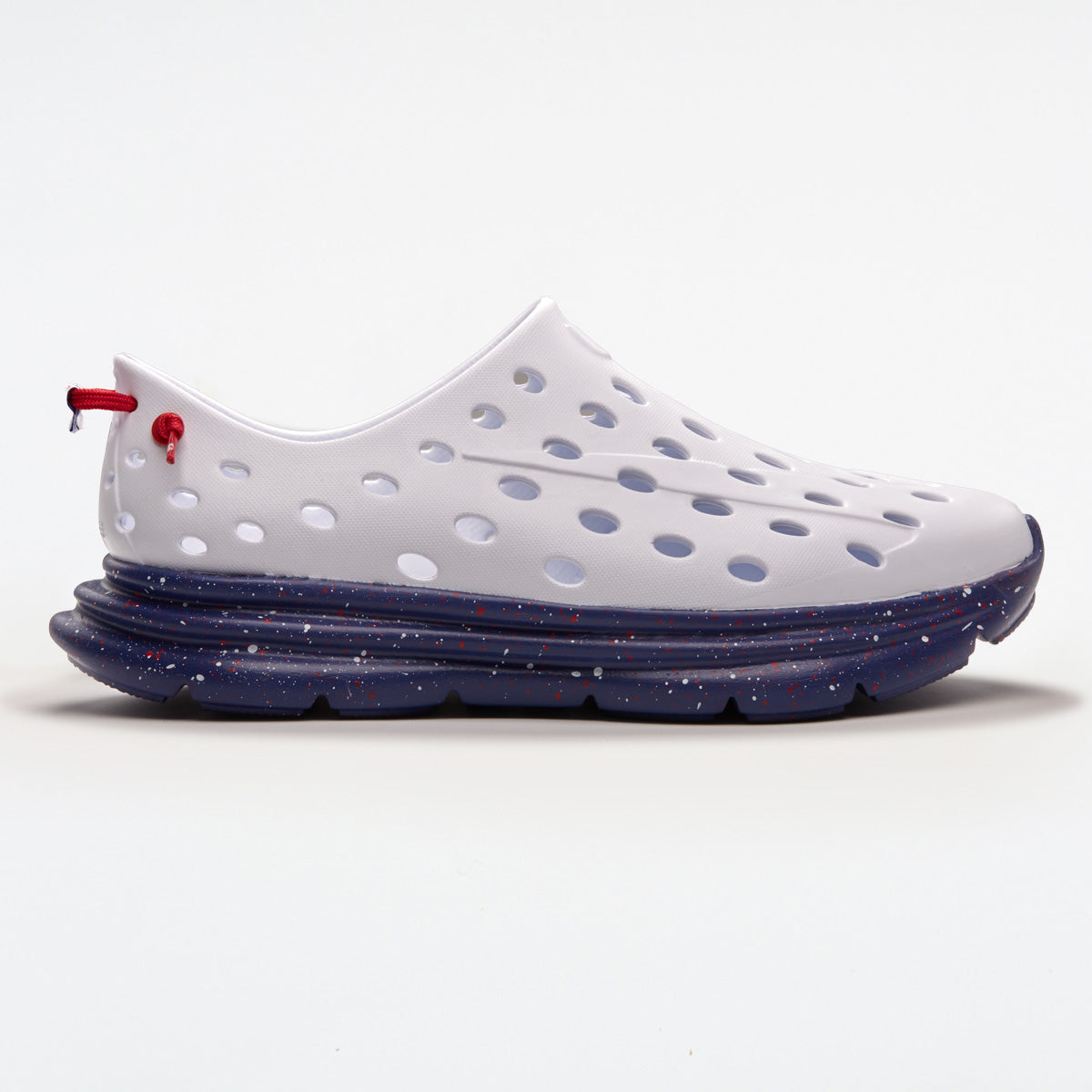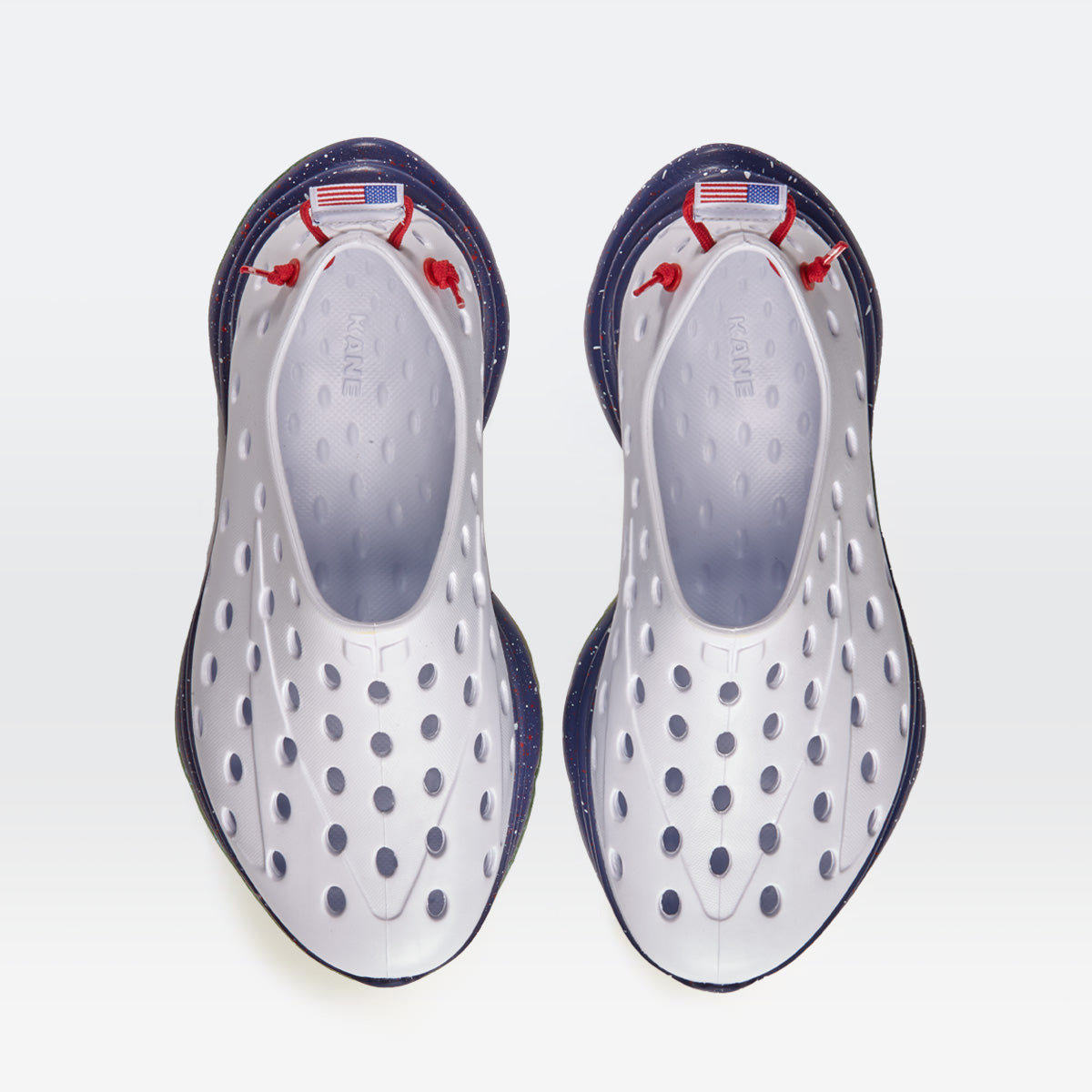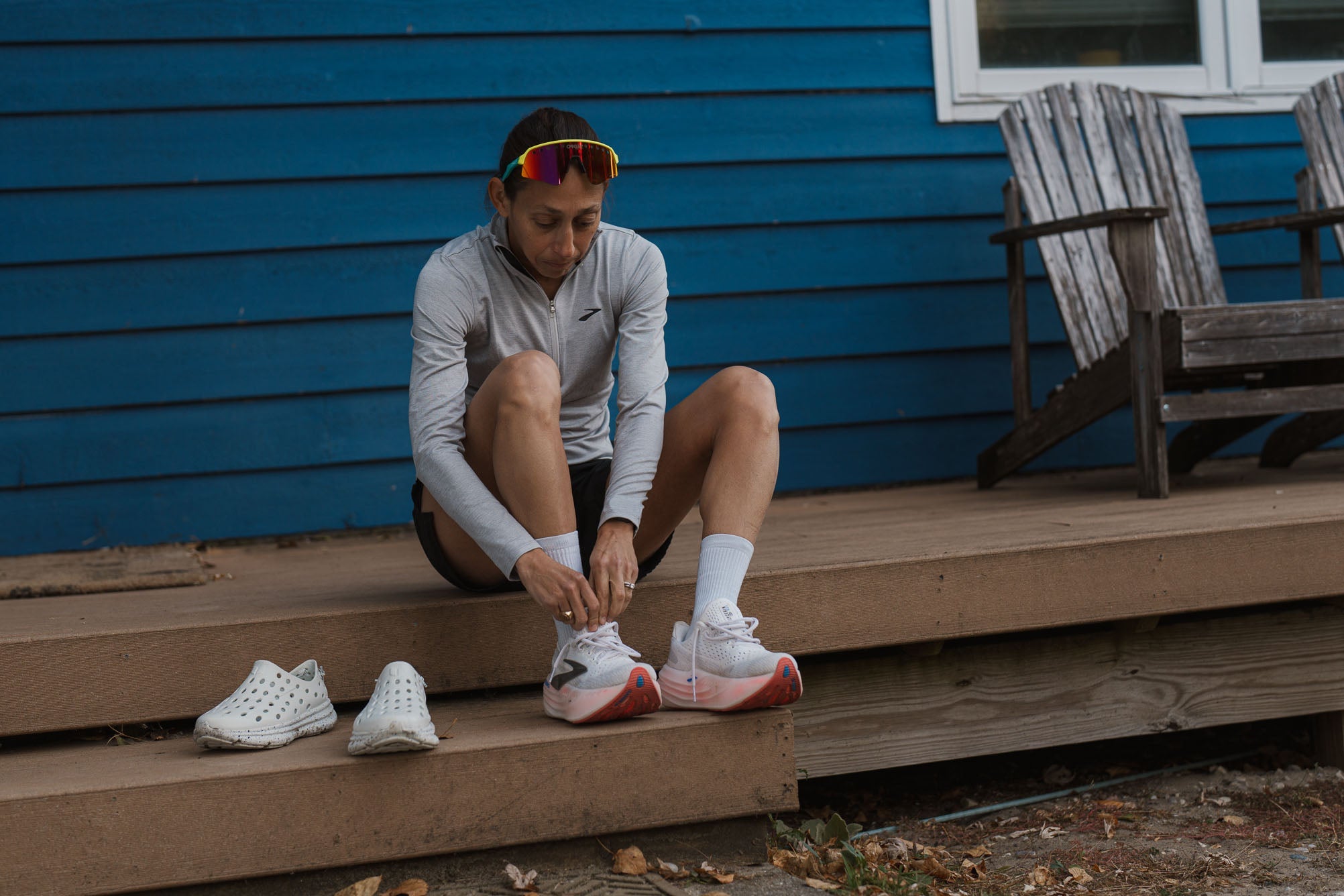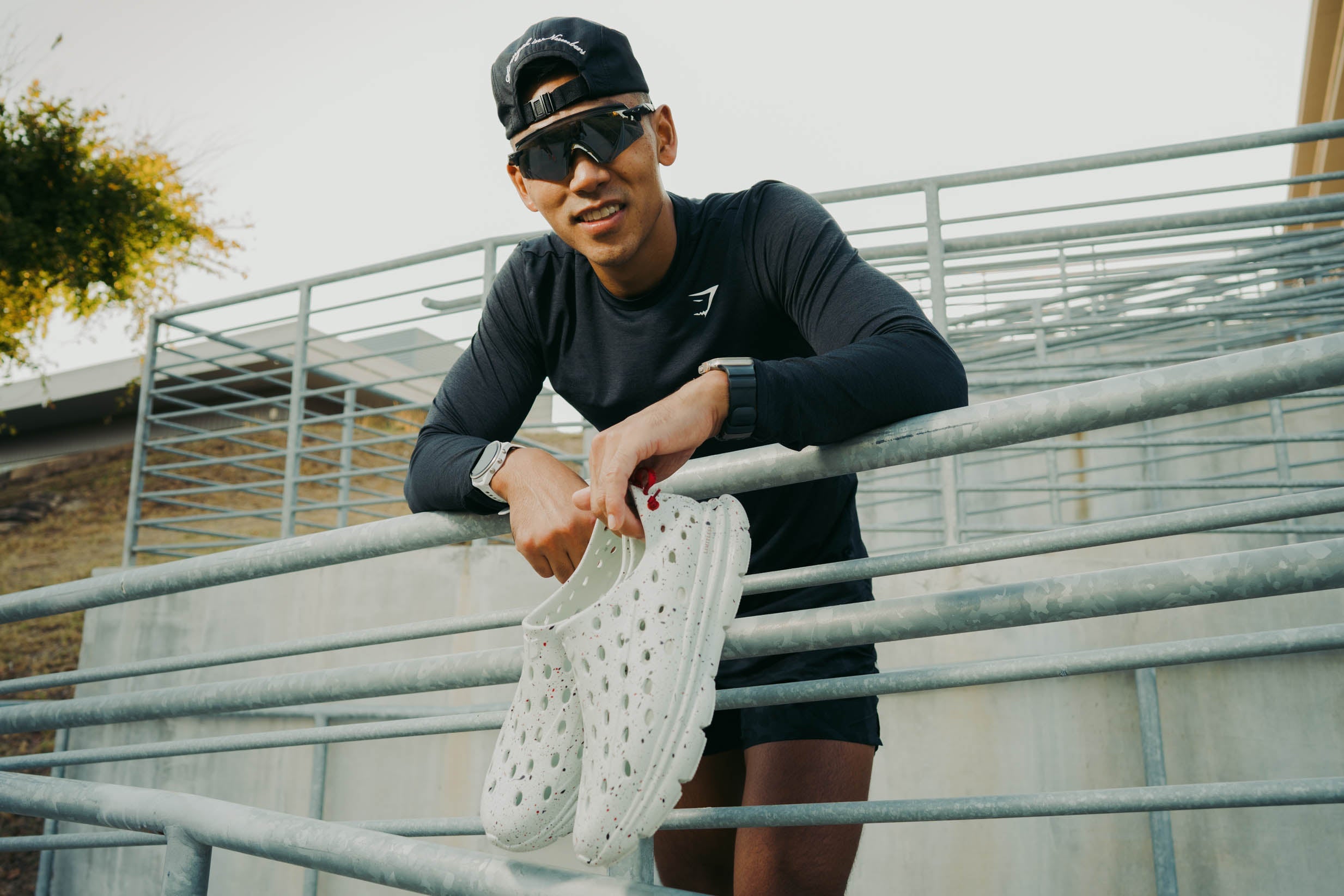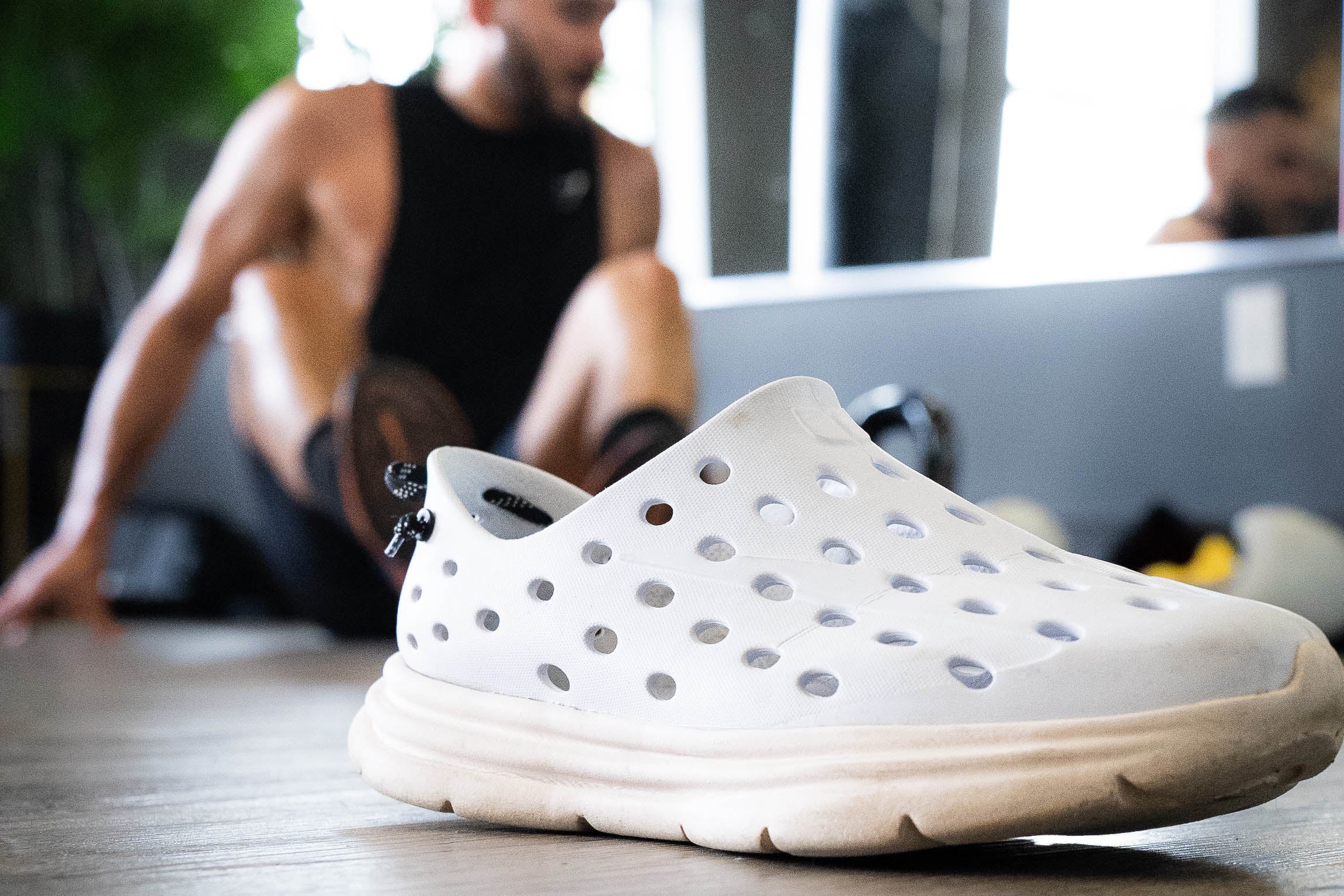Your joints can no doubt take a beating when you’re running. After all, it’s a high-impact activity, so your body is under duress. Plus, where is all that body weight being placed? That’s right—on your ankles and feet.
Foot pain and sore ankles are the name of the game for runners. And running too many years in a row without taking care of your ankles can lead to problems. Strains, pains, aches, and injuries are not impediments you want on your day. Fortunately, there are workarounds and preventative measures to be taken.
So before you embark on your next jog or dash and think, not that ankle pain running again, we’ve got some tips and info that might help you out.
How to cope with ankle pain after running
When ankle pain after running hits, your best course of action is the RICE method (not that kind of rice - though food will help with energy levels!) The acronym stands for rest, ice, compression, and elevation.
Rest
Taking a full-blown break time from running will help immensely with ankle pain alleviation. The best way to heal and curb swelling and bruising is to simply take a rest. Without necessary rest, pain may turn into injury.
Ice Therapy
Ice, ice, baby. An ice pack can help reduce swelling, numb pain, and speed up the recovery of an injured ankle after running.
Compression
Compression can help reduce ankle swelling and secure it in place so extra movement doesn’t worsen the situation. Wrapping your ankle with tape or a compression bandage can make a big difference in speed of recovery.
Elevate
Find the nearest couch or chair and keep your ankle raised. It’s best to elevate your foot and leg above heart level to reduce swelling and ease the pain.
Beyond RICE
Pain Relievers
You can also relieve your pain by using OTC NSAIDs (non-steroidal anti-inflammatory drugs), though it’s best not to overdo it with those. Always read medication bottles and follow instructions with care.
Stretching
This is only to be done if your pain is not due to a moderate to severe injury - otherwise the situation could worsen. Exercises such as calf raises, ankle circles and flexing and stretching by pointing the feet can help strengthen a weakened ankle. You could even incorporate a resistant band.
Preventative measures: How to stop ankle pain before it starts
There are a few ways to stop an ankle injury in its tracks. Incorporating these measures into your day will help prevent ankle pain and ensure your feet and ankles stay in good shape.
Wear proper footwear
Running shoes
When selecting the right running shoe for you, ensure they fit properly, feel comfortable and give you the proper support for your run.
Recovery shoes
If you’re looking for a great recovery shoe option post-run, the Kane Revive has what you need. This injection molded recovery sneaker helps to lower inflammation, improve blood circulation, decrease stress on your muscles and joints, and reduce the risk of injury.
Avoid unpredictable grounding
The risk of rolling your foot on unknown or uneven ground is higher than on flat ground, so try to stick to surfaces you’re accustomed to running on, or that are mostly flat. This doesn’t have to be a perfect track or a flat road, as grass is also a great option for running (and is soft, so it’s easy on the joints.) Just be wary of major dips, muddy patches, or a huge shift in the land that can throw you off balance or cause injury.
Don’t overdo it too soon
Easing your way into a more intense run is a smart move, and will help you build endurance. Increasing your time slowly but surely is helpful. Lower-impact activities and sports, like swimming and biking, should also be a part of a runner’s routine. The combination of both levels of impact helps you become less injury prone and protects your joints.
Try warm ups and cool downs
These pre-run and post-run exercises are key for injury prevention and recovery.
Warm ups:
- Jogging
- Jumping jacks
- Marching
- Cycling on a stationary bike
Cool downs:
- Stretching
- Lunging
- Walking
Strengthen the feet and ankles
Here are a few (of many) exercises that can help strengthen your base:
- Toe writing: You read correctly! With one foot raised, use your foot to mimic writing the letters of the alphabet with your toes. Then try it out with the other foot. The trick is to focus your attention just on the foot, so do this without moving your leg muscles.
- Calf drop: Hang your heels off the edge of a step or stair and slowly raise your body up on your toes. Then, lower your heels below the step or stair level. Repeat this a few times in a row, several times a day to help reinforce your Achilles tendon and stretch your calf muscles.
- Bent-knee wall stretch: With your palms against the wall, put one leg forward and one leg back. Then, by bending your knees, lower yourself into a mimicked seated position. Lean into the wall until you feel the back of your calf stretching, hold for just under a minute, then switch and repeat. This will help stretch the muscles connected to the Achilles.
How to identify ankle pain symptoms
Whether you’re a marathon runner or a runner for the joy of it, you’ve probably experienced aches and pains. These aches and pains only become more of a problem if they persist, and transition to an injury.
Here are some ankle pain symptoms that may indicate you’ve injured your ankle post-run:
- Constant aching and/or pinching sensations
- Reduced ability to run, walk, or stand on your ankle
- Tenderness around the ankle
- Bruising, stiffness or swelling
- Inability to move the ankle without pain
- Sharp pain anywhere on or around the ankle
Causes of ankle pain
If you’re coping with ankle pain after running, there could be a variety of reasons for it. Oftentimes a serious ankle injury,such as a break or a dislocation, is not at play.
Let’s have a look at some common causes of ankle pain that many runners experience. These could fall under the categories of anterior ankle pain (front) or posterior ankle pain (back).
Ankle weakness
Ankle instability and weakness may be the cause of your pain. Instead of having a textbook injury on your hands, you may in fact be dealing with weak ankles after running. Weight bearing can feel very taxing on weaker ankles, which can in turn lead to chronic pain conditions, and becoming more injury prone.
Ankle arthritis
This may come as a surprise, but arthritis is a condition that can happen to anyone, despite your age. This is especially common for runners, as the cartilage breaks down in the ankle joint. The three types of arthritis that affect runners are: osteoarthritis (degenerative joint disease), rheumatoid arthritis (auto-inflammatory) and post-traumatic (event-based/circumstantial) arthritis.
Tendonitis (Achilles Tendon)
The Achilles tendon is the distinctive, fibrous band of tissue connecting the muscles in your calf to your heel. If this gets inflamed, it can cause pain, aching and stiffness in and around the ankle region. A sport like running puts repeated stress on this tendon, as your foot hits the ground hundreds of times in succession.
Ankle sprain
Ankle sprains for runners happen when you roll or twist your ankle in an awkward position, causing the ligaments around the ankle to tear or become overly stretched. There are times when an ankle sprain might feel like a break, however it’s an issue that can be treated much more easily and quickly with home remedies and care than a broken ankle.
Ankle strain
Similarly, an ankle strain is an issue that can be healed with home remedies and treatment. A strained ankle is a stretched or torn tendon that can cause pain, muscle weakness, swelling and/or bruising, as well as limited range of motion.
Stress fracture
Stress fractures are very small cracks in a bone that are typically caused by repetitive force and overuse. This is a common issue faced by runners, namely by those who change surfaces frequently, have vitamin deficiencies, run excessively, or runners who fail to practice varied exercise routines. Symptoms to look out for when it comes to stress fractures are:
- Pain that begins with activity, but resolves with rest
- Tenderness and/or pain when the fractured bone is touched
- Swelling and aching at the fracture site
- Inability to shift weight or hop on the affected foot
When to seek medical attention for ankle pain
When true ankle injuries occur, they may need intervention from a doctor or sports medicine professional. If you’ve exhausted all methods at home and the problem persists, it may be time to take the next step. Medical attention may be necessary if you’re experiencing any of the below:
- Numbness
- Persistent pain and/or inability to put weight on ankle beyond several days
- Erythema at the injury site, which may indicate infection
- Inability to run after a week’s rest
Physical therapy
There are many forms of physical therapy (or “physio,” as many people refer to it) out there for ankle pain relief. Two common methods are:
Therapeutic ultrasound
- Ultrasonic waves gently heat the tissues, relieving muscles.
Electrical stimulation acupuncture
- Low-voltage currents stimulate the muscles and nerves around the ankle.
Surgical treatments for ankle pain
There are several surgical options out there that might be required if your ankle pain is caused by something severe:
- Ankle arthroscopy
- Fracture surgery
- Joint replacement



